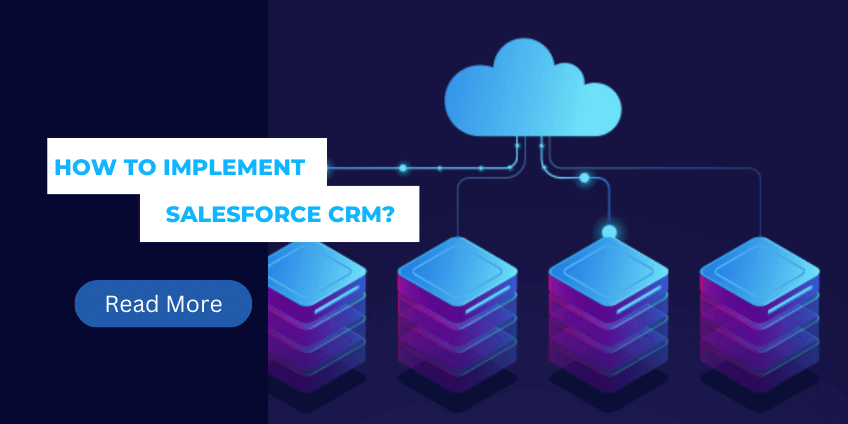Sales Process
Sales Process is crucial for any business aiming to streamline its sales efforts and improve revenue outcomes. The Sales Process refers to the systematic approach that sales teams use to convert prospects into customers. It involves a series of stages, each designed to move potential buyers through the sales funnel from initial contact to final purchase. By defining and optimizing the Sales Process, businesses can enhance their efficiency, increase their close rates, and ultimately drive more sales. This guide will delve into the components of the Sales Process, its significance, and how businesses can leverage tools and strategies to optimize it for better results.
Stages of the Sales Process
1. Prospecting and Lead Generation
The first stage of the Sales Process is prospecting and lead generation. This involves identifying potential customers who may be interested in your products or services. Effective prospecting methods include networking, using social media, and leveraging referrals. The goal is to build a list of qualified leads who have the potential to become customers.
2. Qualification
Once leads are generated, the next step in the Process is qualification. This stage involves assessing whether a lead has the potential to become a customer. Sales teams use various criteria such as budget, authority, need, and timing (BANT) to determine if a lead is worth pursuing. Proper qualification ensures that sales efforts are focused on prospects who are most likely to convert.
3. Needs Assessment
The needs assessment stage of the Sales Process focuses on understanding the specific needs and pain points of the prospect. This involves engaging in conversations with the lead to identify their challenges and goals. By thoroughly understanding the prospect’s requirements, sales teams can tailor their approach and offer solutions that meet the prospect’s needs effectively.
4. Proposal and Presentation
With a clear understanding of the prospect’s needs, the sales team can move on to the proposal and presentation stage. This involves presenting a solution that addresses the prospect’s challenges and demonstrating how your product or service can provide value. Effective presentations should highlight the benefits of your offering, provide clear pricing information, and address any objections the prospect may have.
5. Negotiation and Closing
The negotiation and closing stage is where the final terms of the sale are discussed and agreed upon. This stage involves handling objections, negotiating terms, and finalizing the deal. The goal is to reach an agreement that satisfies both parties and closes the sale. Strong negotiation skills and a clear understanding of the prospect’s needs are essential for successful closing.
6. Follow-up and Post-Sale
The final stage of the Sales Process is follow-up and post-sale. After closing the deal, it’s important to maintain contact with the customer to ensure their satisfaction and address any post-sale issues. This stage helps in building long-term relationships with customers, encouraging repeat business, and obtaining referrals.
Optimizing the Sales Process
1. Leveraging CRM Tools
2. Implementing Salesforce CRM
Conclusion:
The Sales Process is a critical component of any successful sales strategy. By understanding and optimizing each stage of the Process, businesses can improve their efficiency, increase their conversion rates, and drive higher revenue. Utilizing tools like CRM systems and Salesforce CRM can further enhance the effectiveness of your sales efforts, enabling you to manage leads, track performance, and achieve your sales goals.
Author Spotlight

Chandan K. Sharma
An entrepreneur and author with a deep passion for technology, CRM, and digital marketing. Chandan is a versatile content creator and expert in CRM, sales automation, and marketing automation. He combines creativity with strategic thinking to deliver innovative, scalable solutions that help businesses streamline operations and drive growth.
